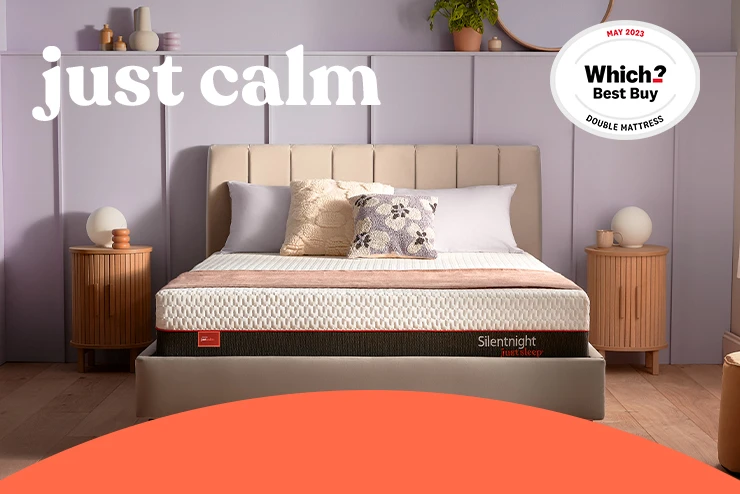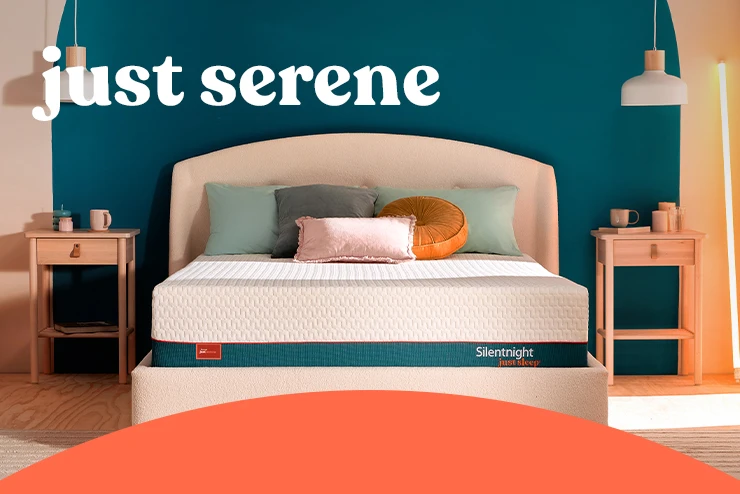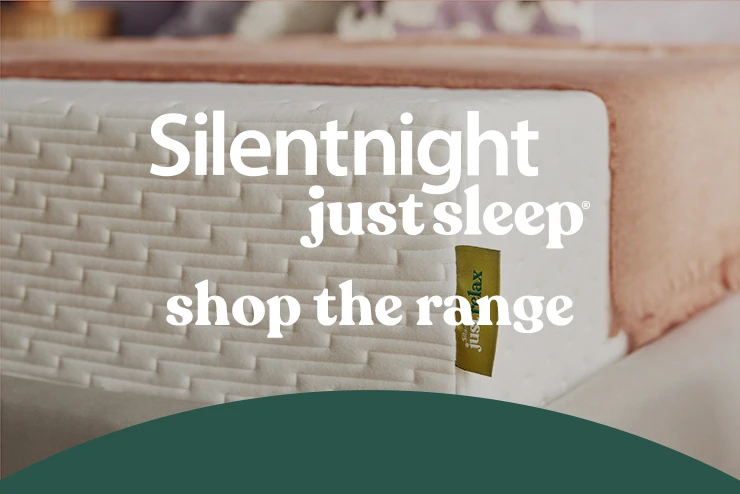sleep peacefully with our 10-year guarantee, delivered in 48 hours.

Download a new browser







try it out for a year

choose from 7 rolled mattresses

delivered in 48 hours
shop by size
shop by range
UK's most trusted sleep brand

Handmade in the UK

multi award-winning mattresses
shop by type
sleep advice
UK's most trusted sleep brand

multi award-winning mattresses

rigorous safety testing
shop by type
sleep advice
UK's most trusted sleep brand

FREE UK delivery over £49

rigorous safety testing







try it out for a year

choose from 7 rolled mattresses

delivered in 48 hours
shop by size
shop by range
UK's most trusted sleep brand

Handmade in the UK

multi award-winning mattresses
shop by type
sleep advice
UK's most trusted sleep brand

multi award-winning mattresses

rigorous safety testing
shop by type
sleep advice
UK's most trusted sleep brand

FREE UK delivery over £49

rigorous safety testing
 free delivery over £49
free delivery over £49
 shop now, pay later with Klarna
shop now, pay later with Klarna
Bedroom
3 min read
written by Liz Tabron
updated 27.11.2023

Choosing the right colour for your bedroom is a big decision. The colours you choose, including your furnishings and accessories, can significantly impact your mood. You want colours that promote happiness and positive energy, as well as rest and relaxation to ensure a good night’s sleep.
Read on to discover all you need to know about room colour psychology and the best colours to use in your bedroom décor.
Colour psychology is the study of how different colours affect our mood and behaviour. There are many theories surrounding colour psychology and how certain colours can promote a range of physical and psychological responses. Although colour does influence our feelings, different people can have different responses depending on factors like age, gender, ethnicity and climate. We also use colour to reflect our personalities.
It's important to remember the influence colour has on how you feel and act. Here is an overview of basic colour psychology.
This intense colour raises a room’s energy level, making it perfect for entertainment spaces and hallways. Red can represent love and passion, as well as anger and power. This strong hue has been shown to increase blood pressure, respiration speed and heart rate.
This calming colour is associated with love and kindness and can boost creativity levels too. It works best in south facing rooms which benefit from plenty of natural sunlight and can be combined with green to create a serene environment.
An energetic colour, orange evokes a sense of excitement and enthusiasm. It’s great for promoting activity, which makes it a good choice if you have a home gym. Orange also invokes warmth and a pink-orange can add a Mediterranean feel to your home.
Yellow is the colour of happiness and captures the joy of sunshine. It is energising and uplifting.Yellow can work in any room, as long as you select the right shade. An earthy ochre is restful for a bedroom, while lemon yellow adds a fruity punch to a kitchen.
A restful colour with a calming effect. Green shades can help to relieve stress and encourage warmth through comfort and togetherness. Because of its association with nature, green is perfect for the bedroom in any shade.
Another calming colour which helps to improve focus and productivity. Blue is soothing and lowers blood pressure, evens respiration and slows your heart rate. A popular colour for any room, especially bathrooms where blue enhances the room’s association to water.
Dark shades of purple create a sense of sophistication because of its historic connection to royalty, making it perfect for entertaining spaces like the dining or living room. Lighter shades of purple can evoke a sense of relaxation.
Best used in small doses, black represents elegance, mystery and power. Creating a sense of drama, black also gives off an ambitious and sophisticated vibe. If black feels too overwhelming for the walls, consider using it for your ceiling to create a snug space.
Classic and timeless, white brings a calming and youthful effect to a space. It helps to make a room feel open and spacious. Use different shades of white and cream in combination to create a minimalistic feel.
Those who like grey are said to be intelligent and disciplined. Grey can bring a feeling of warmth and comfort and this colour is completely versatile. Use it on its own or combine it with a range of other colours.
This traditional colour creates a sense of warmth and evokes a feeling of elegance and sophistication. Use brown in your home office or study to create a scholarly space.
Before you start decorating your bedroom, think about how you want the space to make you feel and what colours match your mood. Your bedroom should feel calm and relaxing to help promote a blissful night’s sleep. Select colours that bring a sense of peace and restfulness to the space.
Gather ideas from interior magazines and home decorating sites to see what colour schemes work well and get inspiration for your bedroom.
An important factor to consider before picking a colour is the light in your bedroom, both natural and artificial. In an east facing room, colour looks very different in the morning, which is when the space receives direct light, compared to the afternoon, when the room receives reflected daylight. A north facing bedroom is only illuminated by reflected daylight and this projects a cool grey colour cast. With south facing rooms, they benefit from the glow of afternoon sunlight, which emits a warm yellow colour.
Lightbulb type and colour temperature also makes a big difference, affecting how colour is rendered within a space.
The size of your bedroom needs careful attention too. Bright, warm colours make objects appear closer and larger, while dark shades make objects look smaller but heavier. Light colours can enhance a sense of space while dark colours can make a room feel more enclosed.
Once you've equipped yourself with some basic information about colour psychology and taken into consideration the amount of natural light your bedroom receives, it’s easy to pick the right colour. Here are the best colours to use in your bedroom, which will have a positive impact on your mood.
Soft, muted red tones such as rose, blush and coral evoke restfulness and tranquillity. These light red shades are easy on the eye, and they help to bounce natural light around.
Blue, blue-grey and blue-green are some of the most calming shades for the bedroom. You can choose a lighter shade or, for something more dramatic, opt for a rich navy shade and balance it out with cream to create a soothing feel.
Green shades are perfect if you want a relaxing space. Green hues, especially a grey-green shade, help you unwind and relax. The colour’s association with relaxation and security make it a great option.
Incorporating purple into your bedroom gives you another way to create a soothing and cosy feel. Deep purple shades add elegance and luxury. Lighter shades work well too, bringing a sense of relaxation to your bedroom.
Using neutral colours like white, cream, taupe and brown brings a sense of comfort to your bedroom. Neutral shades create an elegant backdrop with an embracing feeling of nature.
Colour affects our mood and emotions. It impacts the energy and atmosphere of your bedroom. Choosing the right colour is the difference between making a space feel cosy and inviting or harsh and cold. When you decorate your bedroom, think about the size of your space and how much light it receives.
More importantly, when you see a colour think about how it makes you feel. If you love a colour, that’s more important than colour psychology.
Add another item to compare
Add another item to compare
Add another item to compare
Add another item to compare